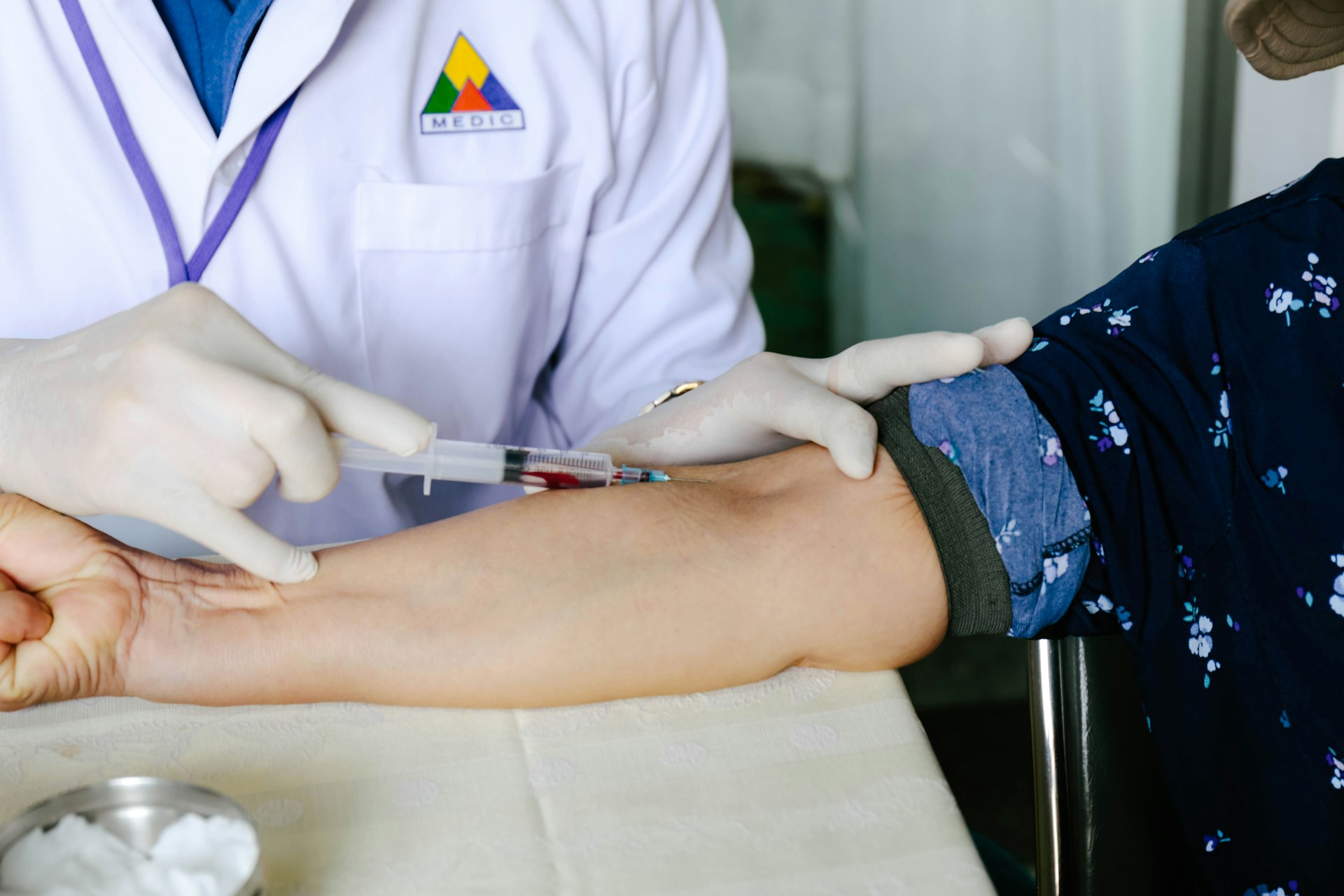Return-to-duty testing is a key part of workplace safety in industries governed by the Department of Transportation (DOT). All employees who have previously violated substance abuse policies can re-enter the workforce safely and responsibly.
Companies need to understand the particulars of the return-to-duty testing procedure to maintain compliance and protect their employees. Here, we explore six crucial facts about this testing process, from its purpose and procedures to its implications for workplace culture.

The Return-to-Duty Testing Procedure
The return-to-duty testing procedure is a systematic approach for managing employees who have previously violated substance abuse policies. Upon an employee’s return, they are subjected to specific requirements before they can officially resume their work responsibilities. There are a few steps in the return to duty process to assess if the employee is fit for duty. You can order a drug screen in your location and undergo the testing. First, the employee must adhere to the recommended treatment plan. Employers usually require documentation from a qualified professional to verify this step. Once that is complete, the next phase involves drug and alcohol testing. These tests must adhere to federal regulations and emphasize the need for clear and structured procedures that mitigate potential risks. The testing involves a urine, breath, or saliva sample for better accuracy.
Role of Treatment and Support Programs
Treatment and support programs can prepare employees for the challenges of reintegration. These programs focus on the cessation of substance use and the underlying issues contributing to the abuse. An effective support program helps employees develop coping strategies, improve communication skills, and build a stronger personal and professional network to sustain their recovery.
Counselors provide ongoing assessments so that participants remain on track after treatment ends. Employers can offer follow-up meetings, workshops, and incentives for staying drug-free. Companies that cultivate supportive environments demonstrate a commitment to employee well-being, which can improve workplace morale and productivity. They can help address any lingering stigma around substance abuse, enabling employees to feel more comfortable discussing their experiences and challenges.
Legal and Regulatory Considerations
To comply with regulations and meet employee rights, employers should know the legal ramifications surrounding return-to-duty testing. The Drug-Free Workplace Act of 1988 establishes the expectation for organizations, especially in federal sectors, to maintain drug-free environments. The protection of employee privacy rights during the testing process requires adherence to strict guidelines.
All tests must abide by the illegal drug-testing laws established in their respective states, as regulations may vary. Failure to comply with legal requirements can subject employers to fines and litigation. To navigate these concerns, employers should engage with legal experts specializing in employment law and substance abuse policies.
Impact on Workplace Culture
A proactive approach toward substance abuse prevention cultivates a culture of accountability, integrity, and support. Employees are more likely to feel that their concerns are taken seriously when they see concrete steps are being taken to address issues surrounding substance use. This promotes an environment where employees feel safe discussing their struggles and promotes healthier working relationships.
A culture of well-being contributes to improved employee retention rates, as employees recognize companies that genuinely care about their health and progress. A positive workplace culture leads to increased job satisfaction, higher levels of productivity, and lower turnover rates. Employers can build a sustainable organizational culture advocating for ongoing employee health.
The Role of Education in Prevention
Companies can create a culture of awareness and support by providing training sessions and resources to both employees and management. Through education, employees can better understand the implications of substance abuse and how it affects workplace safety. Workshops can cover the importance of mental health and available treatment options for substance use issues.
Ongoing education helps employees prepare for potential future challenges they may face. Thanks to open discussions surrounding substance use and rehabilitation, organizations can break down stigmas and promote a supportive work environment. A well-informed workplace is less likely to encounter issues relating to substance abuse, creating a safer atmosphere for all.
Planning for Success After Testing
After an employee has gone through the return-to-duty testing procedure, the focus shifts to successful reintegration into the workplace. A reentry plan establishes clear expectations and support systems for the employee. This plan should outline any follow-up testing that may be required and resources available to the employee. Support groups or counseling sessions can help employees navigate their lives after returning to the workplace.
Regular check-ins with supervisors can encourage continued understanding and support. By proactively developing these plans, both employees and employers can increase the chances of a successful transition. Commitment to open communication remains crucial during this phase, enabling any concerns to be addressed promptly. Successfully navigating the return-to-duty process reinforces the importance of compassion and support throughout the recovery journey.

By following these guidelines and focusing on ongoing support, employers can help recovering employees navigate their return, encouraging a healthier, more responsible, and more productive workplace.

Founder Dinis Guarda
IntelligentHQ Your New Business Network.
IntelligentHQ is a Business network and an expert source for finance, capital markets and intelligence for thousands of global business professionals, startups, and companies.
We exist at the point of intersection between technology, social media, finance and innovation.
IntelligentHQ leverages innovation and scale of social digital technology, analytics, news, and distribution to create an unparalleled, full digital medium and social business networks spectrum.
IntelligentHQ is working hard, to become a trusted, and indispensable source of business news and analytics, within financial services and its associated supply chains and ecosystems










